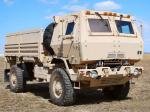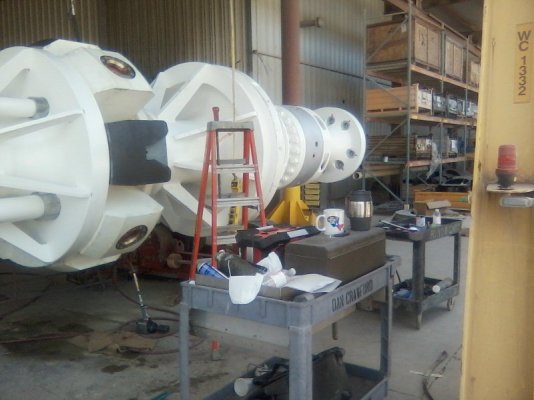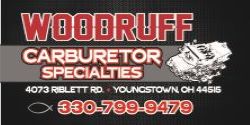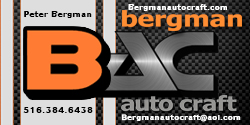In order to make a good weld you need to start with stick. Stick will teach you what you need to do. If you can't see what's going on in the puddle and how much you're cutting in you'll never catch on. I've worked with coworkers that could mig weld the most beautiful beads you ever seen. The problem was they hadn't penetrated very well. The backside of the weld didn't even show any discoloration and in a drop test, the weld would crack. Stick welding is a different technique from mig. It's more of a whipping in and out of the puddle. Takes practice but once you learn how to weld with stick your mig welding will improve.
Seeing what your doing is of upmost importance. Lots of auto darkening helmets have light adjustments from darker to lighter, depending on your eyes. Also if you wear prescription glasses you might want to try taking them off when using your helmet. Some people have to use a magnifying lense to see better. You have to figure out what works for you to be able to see a clear picture of what's going on in the puddle.

yep need to see the puddle to weld, anything
you can see,
if you can't see well, that it won't be pretty
even for an experienced welder
my eyesight has gotten way worse, I blame that now
I have to have it dark behind me
(sometimes even a big piece of leather over the back of my head & helmet, to keep light out)
& I like it really light in front of me now,
or I have to wear glasses
(that magnifies the weld & the arc too, makes your eyes really tired
& hurt after, even with darker lenses)
even with my auto-tint/dark helmet, until you strike an arc, mig or tig
or gas welds even
I haven't stick welded much since I worked for PG&E in 1977 to 82-ish
yeah it's good to learn all aspects too
not many pros, stick 'arcweld' cars ever, it's too dirty,
too much spatter, everywhere & hot slag, or grinding (osculating C welds, patterns in & out)
very hard to weld thin stuff too
or let alone some chromoly or thin mild steel tubing, like on cars
my stapdad Bob tough me to gas/oxygen acetylene weld
2 steel cans (called tin cans, back then, but steel) together at like 10,
you need to see the puddle & move the torch accordingly...
I don't think I have that patients now, or the eyesight,
I had even 10 years ago...
And it's probably from welding so much in tight quarters, building 26 racecars
having to get your head in places where you couldn't fit a helmet
dark sunglasses even sometimes & getting way too many flashes,
screwed over my eyes (I know that why I have to wear reading glasses now)
from others arcs, working in Boilers at PG&E, stick welding stainless 7118 rod IIRC
I hated that dirty **** & the huge hunks of nasty *** slag
& constant grinding stops & starts, penetrates but not for cars,
maybe truck frames, even a good mig, with a larger shield on the torch
& use a 240 volt machine, pref. not a 110, unless it's just bracketry etc.
not on rear ends or suspension stuff
110 vt slow down & really watch it, puddle make sure it's getting penitration
(
110vt machines you have to slow down the wire feed,
needs to sound like fry bacon in hot grease & use like 0.023" wire & tips)
& with CO2/Argon mix CO2 helps it dig penetrate, on either style machine
& one with a good 'working duty cycle'
straight Argon is better inside a closed shop, not wind at all, no fans running etc.
but the CO2 mix is better, caveat is depending on what's being welded
There are a lot better options now for most the stuff any of US will weld
Most of us aren't building bridges or boiler makers,
welding much thicker than 1/4" (0.250) 3/8" max (0.375)
12ga - as thin as 20ga or maybe 0.080" to 0.120" wall mild steel tubing ****
(maybe chromoly once in a while on cages etc.)
or welding on posts or make "BBQs" or working on our cars or trucks yeah
I am no expert by any stretch, just a hobbyist,
former certified combination/pipe welder, when I was young & could see well
get in weird positions all over the place, working in the Bay Area powerplants...
good luck





























